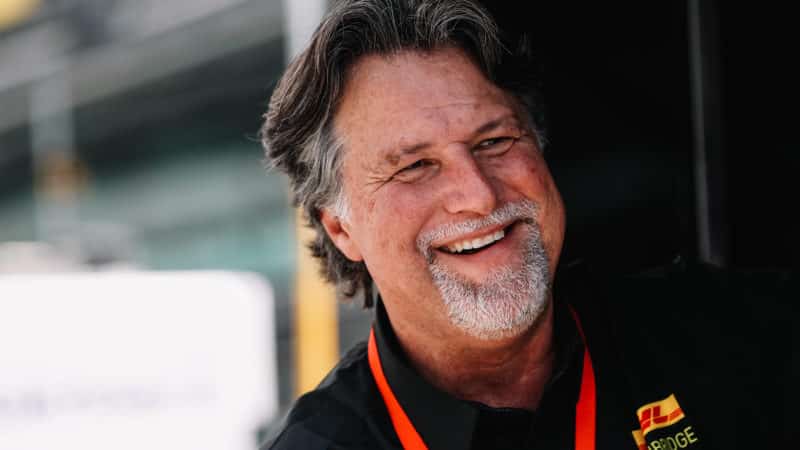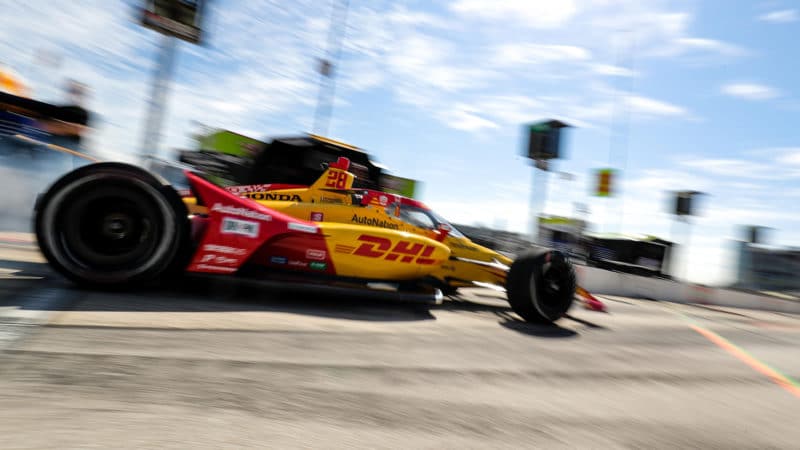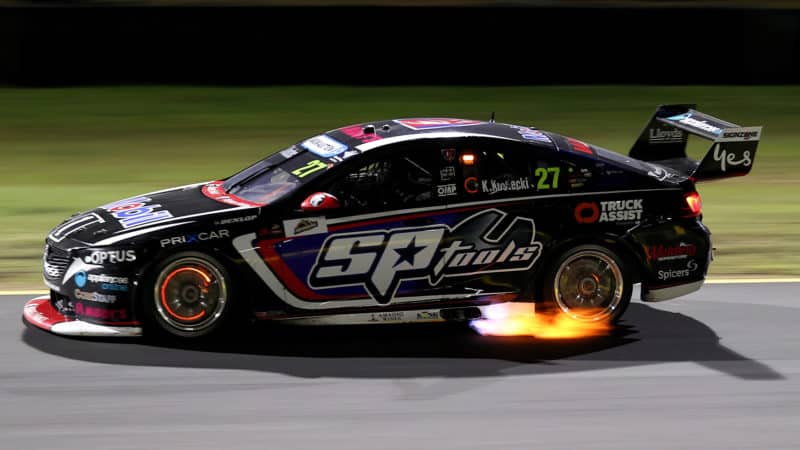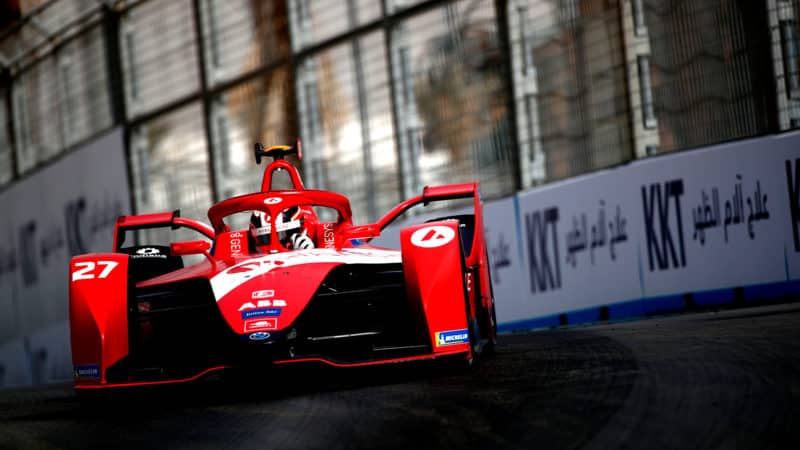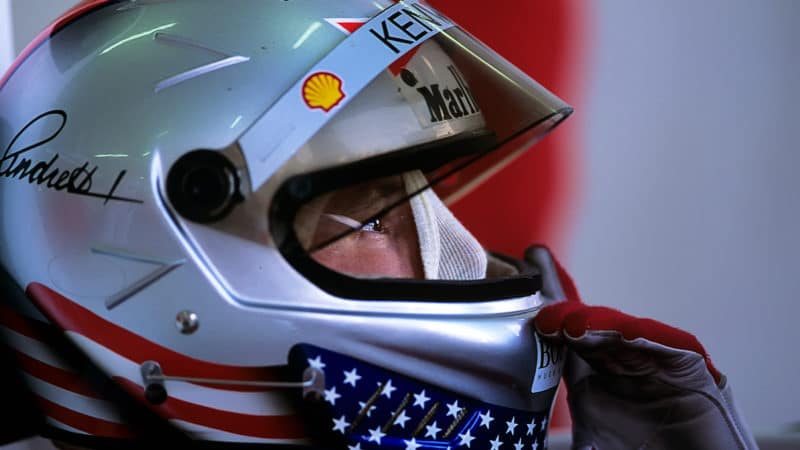In the autumn of 1990, a clutch of experienced designers and engineers left Benetton to spearhead the Reynard F1 project. Disaffected by the caustic John Barnard, who’d rubbed everyone up the wrong way in his attempts to raise the game of an under-performing team, they had faith in Reynard’s conviction. The defectors were led by Rory Byrne and Pat Symonds, no less – architects of so much success that was to come. Just not at Reynard.
Symonds recalls the day all 13 resigned en masse to Flavio Briatore. “Flavio called Rory and I into his office and said ‘are you sure about this?’” says Pat. “We said, yes, we can’t work with this guy [Barnard]. And Flavio said ‘fine, I understand it, you’ve been good guys, we’re not going to part on bad times because who knows, we might be working together one day.’ It was almost like he knew.”
About a year later, Briatore – the so-called ‘playboy’ who wasn’t supposed to know anything about F1 – welcomed back the defectors when Reynard’s plans were scotched on the lack of a competitive engine choice. But it hadn’t been an entirely wasted exercise. The design work carried out by Byrne and Co in a Bicester office effectively became the Benetton B192 in which Michael Schumacher scored his first GP victory. As for Adrian Reynard, he tried again later in the decade as a founder of British American Racing, which begat the Honda works team, which begat Brawn GP – which begat Mercedes-AMG…
Racers are optimists, aren’t they? And when it comes to F1 most, it seems, can’t leave well alone. Who knows how it might work out for Michael Andretti this time? He was knocked back by the unhappy McLaren experience in ’93, and again late last year by Sauber (Alfa Romeo). Perhaps the FIA will make it a hat-trick, if his new entry is rejected. But it would be short-sighted to turn away such a man. You never know what it might lead to.
